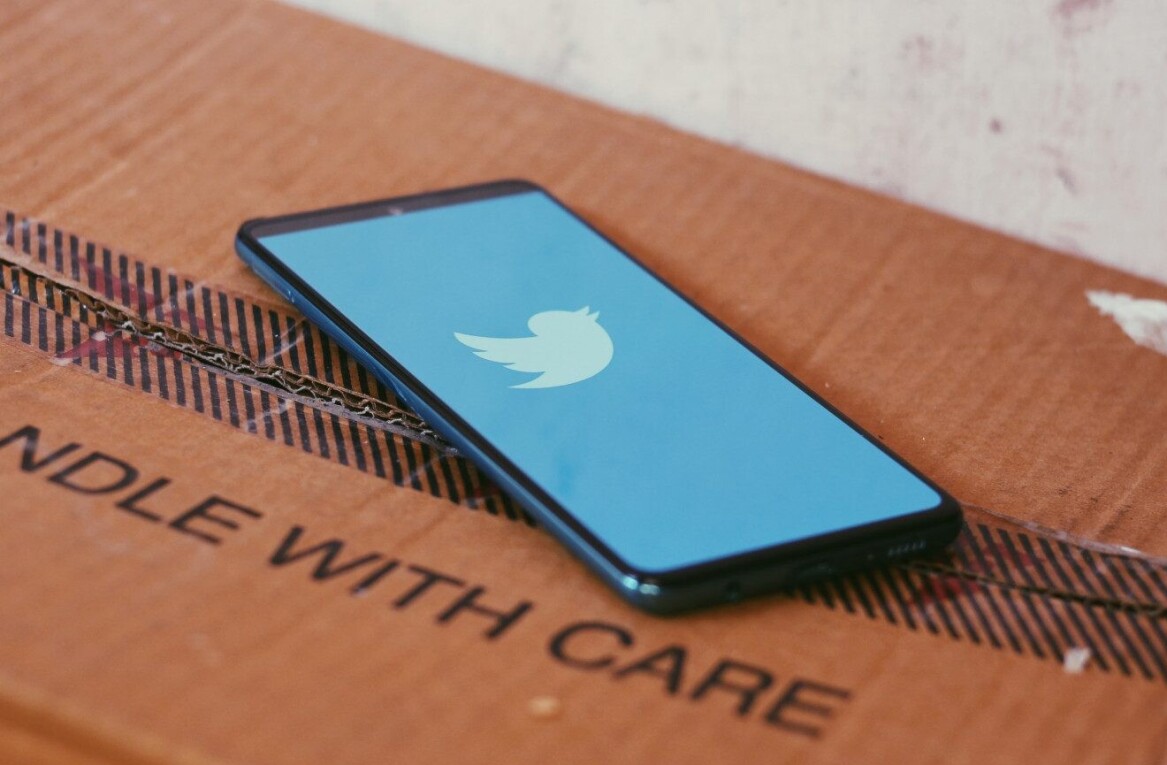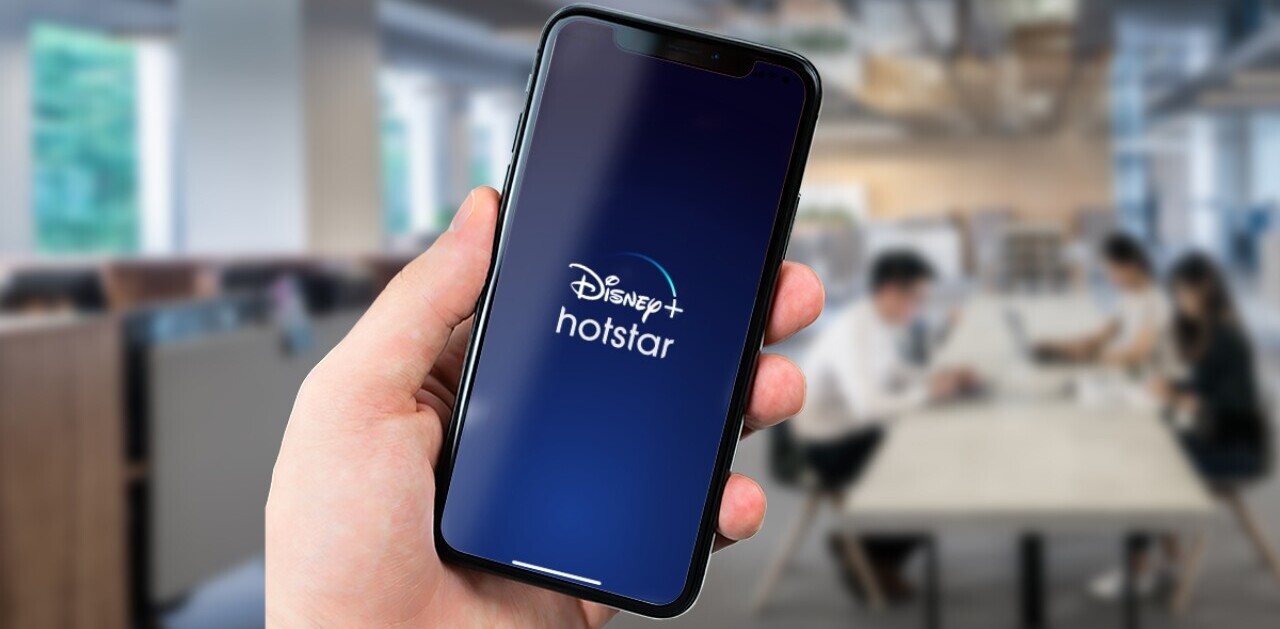
Back in May we reported that India’s fast growing mobile Internet usage was all set to overtake the country’s use of the fixed-line Web and now, four months later, the landmark has been crossed, according to StatCounter data from August.
The Internet measurement firm reports that, last month, mobile accounted for 51.63 percent of Web usage, with desktop devices making up the remaining 48.37 percent. That’s a first for India, and it follows a steady uptick in the share of Internet usage from mobile and tablet devices.
The mobile-desktop gap was tantalizingly close in May and almost neck-and-neck during July, before the scales finally tipped to mobile in August.
India is not alone in seeing a surge of mobile, China’s smartphone shipments recently overtook feature phones for the first time, but it is one of the first countries to see Web usage dominated by mobile devices.
While in the Western markets, the rise of smartphones is making the Internet more accessible by bringing it to consumers’ pockets, it is an entirely more revolutionary effect in countries like India, where the lack of widespread Internet access keeps the majority offline.
Despite a population in excess of 1.2 billion, India’s Internet penetration rate remains below 10 percent. That makes mobile — both smartphones and feature phones — the most accessible Internet platform for hundreds of millions in the country, and the growth suggests that more Indians are getting online thanks to increased ownership of Web-enabled devices.
So while China’s mobile Web rise is a reflection of its booming demand for smartphones, India’s is wholly representative of how mobile can connect those without access to online services.
This potential for connectivity through mobile is mirrored in countless other emerging markets, which are likely to follow India’s lead and see mobile beat out the fixed Web, albeit over longer periods of time. Given India’s size however, mobile is unlikely to have quite such a potentially enormous impact in other markets, as few have more than 1 billion offline.
There’s still much work to do in the country, where even basic devices like Nokia’s Asha series — made for markets like India — are either too expensive or remain unknown to those that could benefit from them. As the price of smartphones and other Internet-ready devices lowers, so mobile will bring more opportunities for those experiencing the benefits of cyber space for the first time.
Equally, 4G is beginning to roll out and that has vast potential to do good too. Bharti launched its service, initially for dongles, in April and CEO Sanjay Kapoor stated his belief that the service could bring about “fundamental changes in society at large.”
Trends in larger cities largely mimic other urban areas, with higher smartphone ownership and fixed-line Internet access. Instead it is rural areas that could benefit the most from mobile Internet since they are typically less affluent and poor infrastructure restricts a range of services, even those as basic as electricity or water, let alone Internet.
Measuring the Web and mobile remains an imprecise science and StatCounter, though widely used as benchmark for measuring metrics like browser share, is not 100 percent accurate, like any service, but its findings are usually indicative of clear trends.
StatCounter’s figures are based on data from over 15 billion page views (and notably, not unique visitors which is what rivals like Net Applications measure) which are taken from more than 3 million sites that run the company’s statistics package.
Image via Flickr / Ken Banks
Get the TNW newsletter
Get the most important tech news in your inbox each week.






